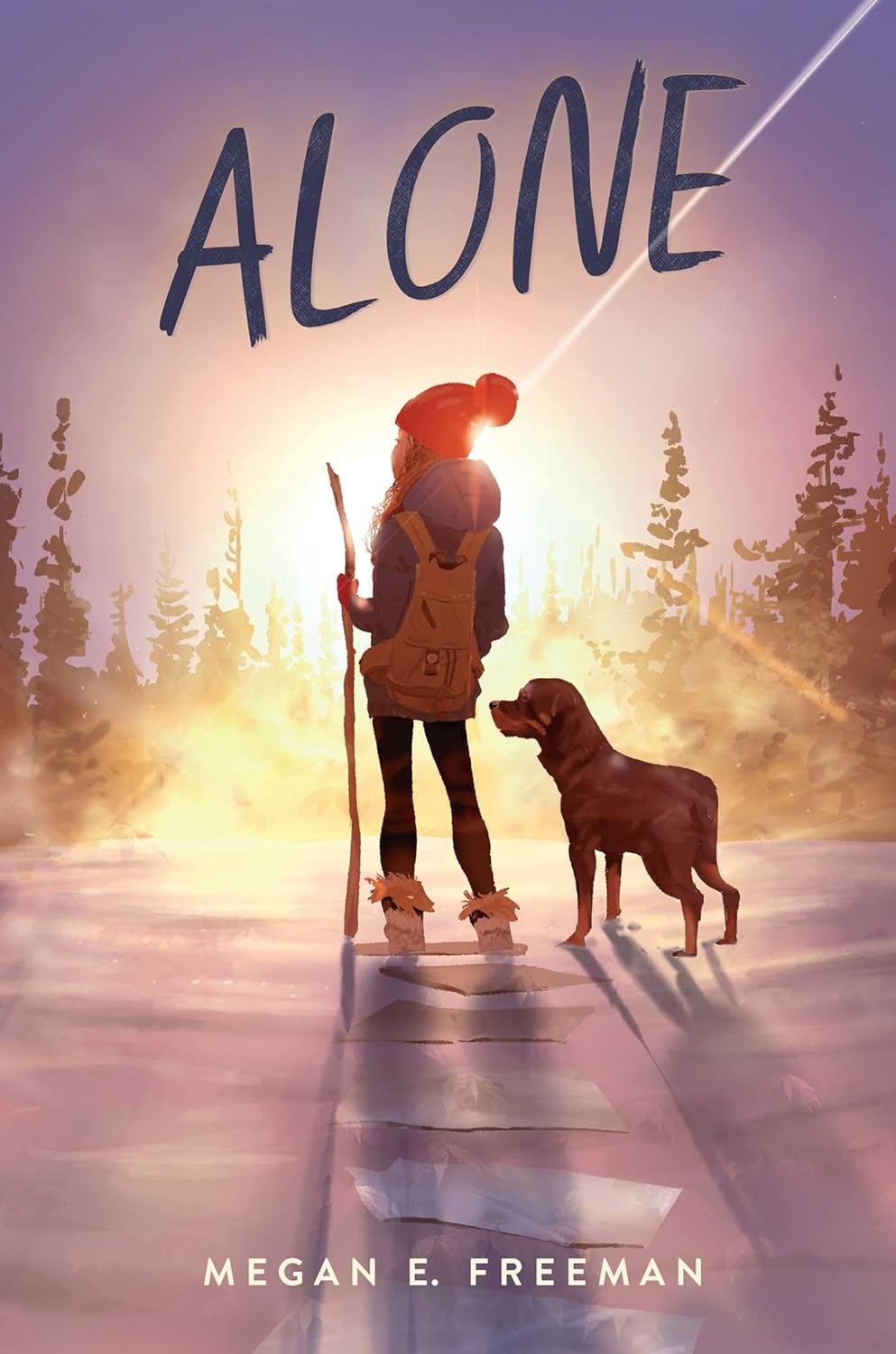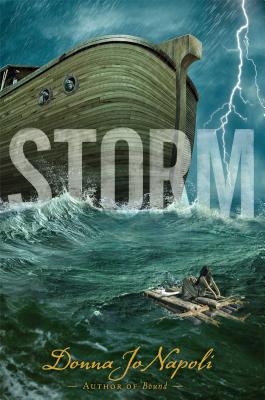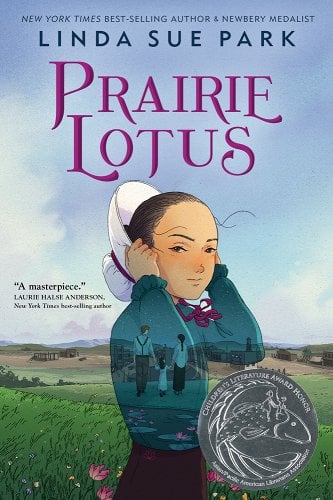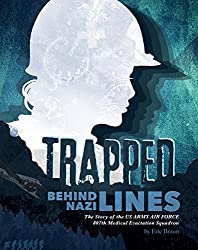The Long Winter by Laura Ingalls Wilder (published 1940) is a great tale of endurance and survival for the Ingalls family, pioneers in the brand new city of De Smet in the Dakota territory. During this historic winter, frequent blizzards lasting 3 or 4 days crippled towns and halted railway traffic, which means that De













